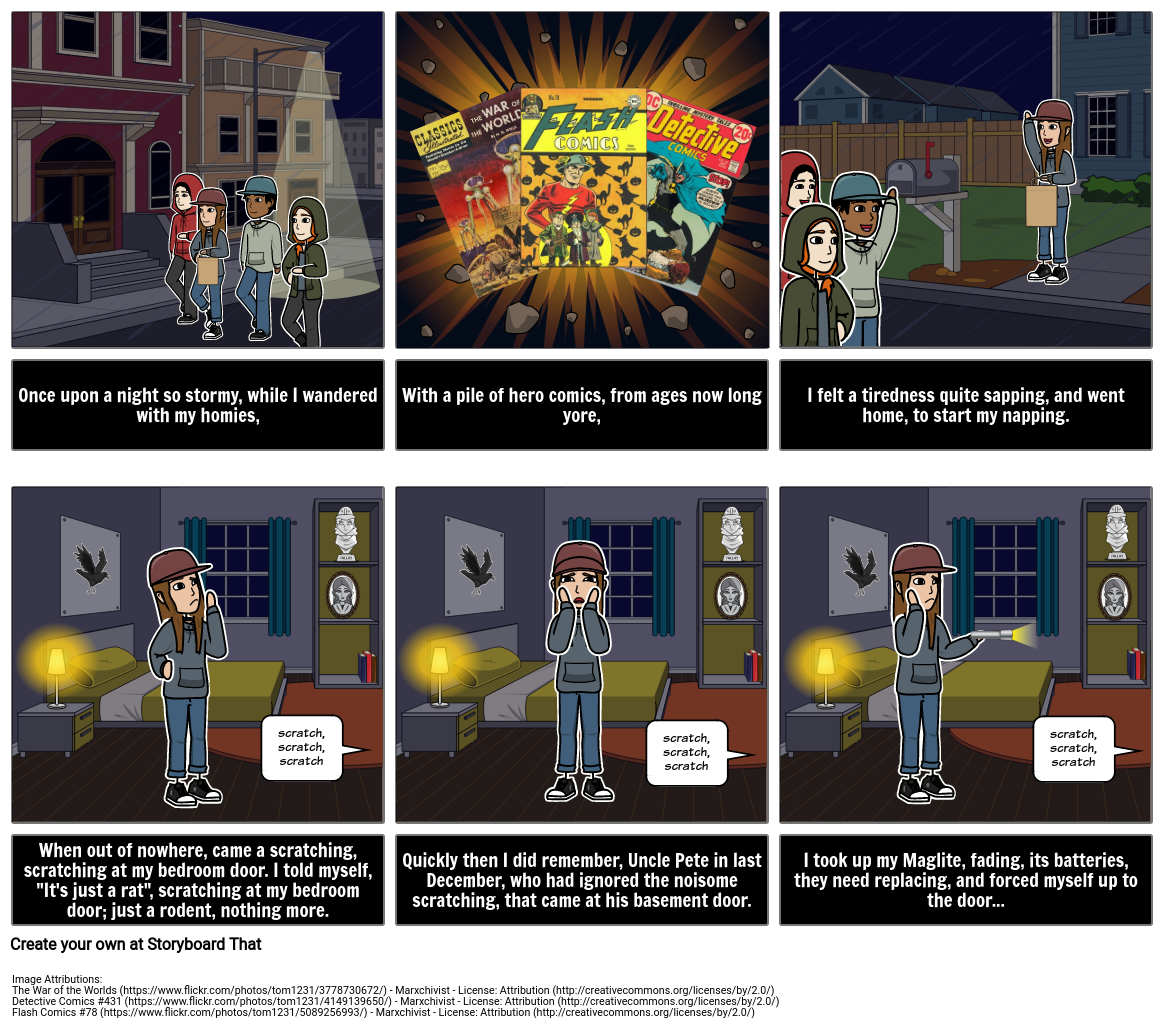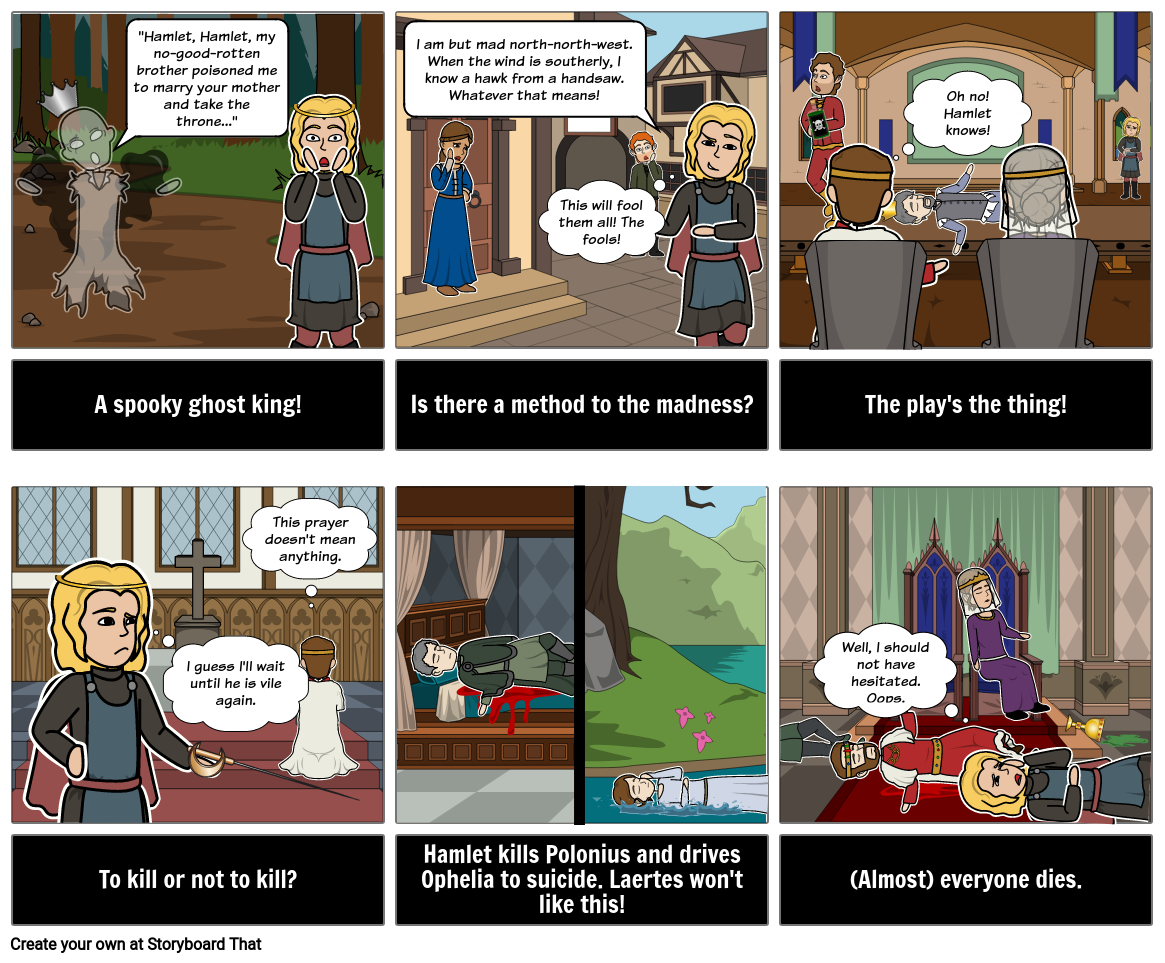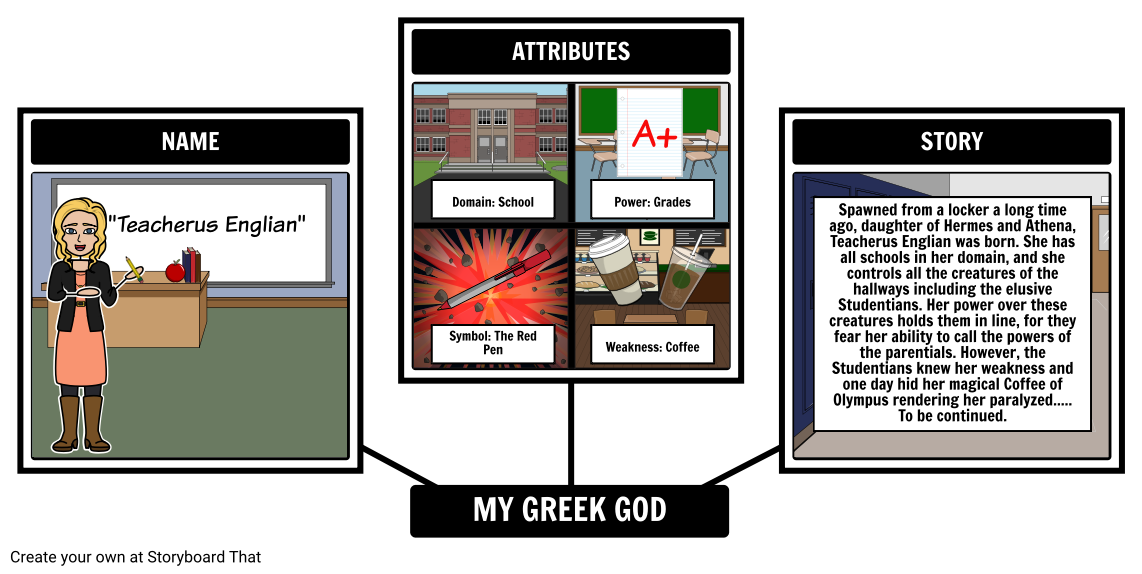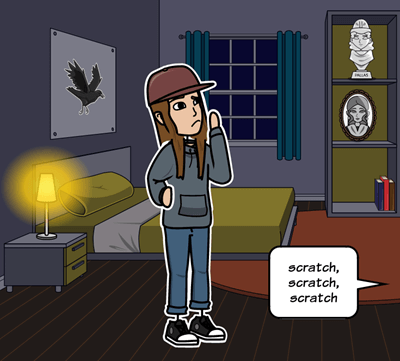Have you ever been online and run into a video or meme about something you've taught? It probably made you laugh out loud, and you probably learned something from it as well. Maybe it was a funny exaggeration of a theme or a character, or maybe it was done to make a particular point. Either way, there was value in the comedic relief it provided. This is one of the major reasons I am an advocate for having students create modern day adaptations - parodies, rewrites, modern language - of works in my classroom.
Writing Parodies and More
Writing in literary forms like parody and satire is a strong tool to use in the classroom. The nature of these forms requires students to utilize higher order thinking skills. Whether you adhere to Bloom’s Taxonomy, or Webb’s Domains of Knowledge, these activities direct students to the highest forms of skills and knowledge such as analyzing, evaluating, and creating.
Take, for instance, a junior or senior English Language Arts class that has just finished reading Shakespeare’s Hamlet, and has been asked to create parodies from it. In the example below, Hamlet is summed up and imitated by capturing integral moments of the play. It hits on the significant (yet absurd in retrospect) plot points of Hamlet’s conflict, exaggerates the characters’ struggles and traits, and even lightly mocks the play. Students had to analyze important plot points, character traits, scenes of the drama, and central themes to the tragedy. Next, they deciphered and evaluated which pieces to combine for a mocking look at the tale. They finished by creating a storyboard that imitates the basic moments of the play, making the profound absurd.
Our Recommended Lesson Plan
Grade Level: Adaptable for Grades 3 -12
Time: Two 45-Minute Class Meetings
Objective: Students will be able to re-create their own version of a work of literature in one of the following methods:
- Parody
- Satire
- Contemporary Adaptation
- Modern Language Translation
This activity is designed to incorporate rigorous creative writing into a unit you are currently working on with your students. By asking your students to produce a parody, satire, or modern day adaptation, they are internalizing and synthesizing information. Although this might seem like just a fun activity, it also requires students to follow structural rules like rhyme patterns, meter, or syntax structure, all of which require thought and creativity.
When asked to create a parody, students can look to numerous methods and forms, such as poetry, film, song, and visual art. Storyboards provide students with an excellent option that combines carefully constructed prose (and/or dialogue) with visual representations. Visual intelligence is often a part of students' programming, and storyboards offer a unique option to meet this need.
Lesson-Specific Essential Questions
- How do satires, parodies, and adaptations of works teach about literary elements?
- How is creative writing different from other styles you have encountered?
- What commonalities can be found in modern day adaptations?
Procedure
Review Terms
Once you have completed a work of literature with your class, this assignment is an excellent extension or idea for a project. As the teacher, you can choose to give students a choice of which type of adaptation they want to produce, or you can choose it for them. If your students are unfamiliar with the following ways to create a modern adaptation, go over the terms and show some of our examples.
Parody |
A humorous or deliberately exaggerated imitation of a serious piece of literature |
Satire |
The use of irony, sarcasm, or ridicule to expose, denounce, or deride vice, folly, etc. |
Modern Language |
Transformation of a piece of literature from language in its original period, to language of the current period |
One necessary step into familiarizing students with each of these adaptations is to provided them with real world examples. To do this, you can research and find videos online or you can ask your students to find examples and share with the class - or check out some of our examples at the bottom of the page. Examples of parody also appear on television and viral videos all the time, such as Sesame Street and Saturday Night Live. Bringing real life application into the lesson is essential; it helps students remember the information and shows them relevance.
Review the Literary Work
To create a parody of a work, a student must first take stock of important concepts and details, central themes, and defining character traits, then select elements that capture and represent the work. The student can then evaluate the symbolic relationships and create an inventive and unique perspective of that work through humor and mockery.
Create a Storyboard Using the Writing Process
Once they are familiar with the types of modern day adaptation, students should create an outline and a first draft. In a three or six-cell storyboard, students can successfully accomplish a common form of parody: summarizing a piece of literature with humorous brevity.
When students are creating their drafts, it is also important to ask them what they see when they think about their story or poem. This can help the students to decide where to go next in the sequence of events. Once they are ready to complete the final stage, they should publish it by creating a storyboard that depicts their modern day adaptation.
Modern Day Versions of Works Activity Ideas
The following is a list of compiled ideas that any teacher can adapt for any unit. Remember to think outside the box and allow your students to showcase their creative skills.
Rewrite a famous poem in modern language
Take Shakespeare (or any author/novel) and create a parody or satire about one of his plays, a character, or a particular part, like a soliloquy or favorite scene
Write your own Hero’s Journey, where you are the hero
Create your own Greek god or goddess! Or take yourself or someone you know and make them a Greek god
Take an important premise from a work of literature and apply it to your own life
Related Activities
Check out these modern day adaptation activities from our guides on "The Raven", The Monsters Are Due on Maple Street, and The Outsiders.
How to Create Parodies, Satires, and Modern Adaptations
Review Terms (Introduction)
Introduce students to the terms "parody," "satire," and "modern language" by providing definitions and examples. Show real-world examples of these adaptations through videos, TV shows, or viral videos to illustrate their application and relevance.
Review the Literary Work (Preparation)
Ask students to revisit the literary work they have studied and identify important concepts, themes, character traits, and defining elements. Instruct them to select elements that capture the essence of the work and can be effectively parodied or satirized.
Create a Storyboard Using the Writing Process (Drafting)
Guide students to create an outline and a first draft of their adaptation. Using a three or six-cell storyboard, students can summarize the work with humor and brevity. Encourage students to consider their creative vision and sequence of events while drafting their adaptation.
Polish and Finalize the Storyboard (Revision)
Have students revise their draft based on feedback and their own reflections. Prompt them to think about how their adaptation reflects the original work and their intended humorous or satirical elements. Guide them in creating a final storyboard that depicts their modern-day adaptation.
Explore Activity Ideas (Extension)
Provide students with a list of activity ideas for modern-day adaptations that can be applied to any literary unit. Encourage them to think creatively and showcase their skills. Ideas include rewriting a famous poem in modern language, creating parodies or satires of Shakespearean plays or characters, crafting a personal Hero's Journey, inventing a Greek god or goddess, or applying a literary premise to their own lives.
Frequently Asked Questions about Parody, Satire, and Modern Adaptation
What are parody, satire, and modern adaptation-based communication cards and how can they be used in the classroom?
Parody, satire, and modern adaptation-based communication cards are cards that feature humorous and exaggerated statements or scenarios, designed to encourage critical thinking, creativity, and communication skills. They may include elements of parody, satire, or modern adaptations of classic stories. You can use these types of communication cards as a prompt for classroom discussion, debate, or writing exercises. They can also be used as a tool for developing students' empathy and understanding of different perspectives.
How do I choose the appropriate parody, satire, and modern adaptation-based content for my classroom?
When choosing satire-based communication cards for your classroom, consider your students' age, maturity, and cultural background. Set clear expectations, and monitor discussions to ensure that they are respectful and productive. Encourage students to listen to each other's perspectives and avoid personal attacks or disrespectful language.
What are some benefits of using parody, satire, and modern adaptation-based communication cards in the classroom?
Using satire-based communication cards in the classroom can help develop critical thinking, creativity, communication skills, and empathy. It can also make learning more engaging and enjoyable for students.
What are some things to avoid when including parody, satire, and modern adaptation in lessons?
When including parody, satire, and modern adaptation in lessons, it is important to be mindful of the following things to avoid: offensiveness, inappropriateness, lack of relevance, lack of context, lack of balance, and lack of sensitivity. By being mindful of these things to avoid will ensure that the activities you design are appropriate and also effective.
- Detective Comics #431 • Marxchivist • License Attribution (http://creativecommons.org/licenses/by/2.0/)
- Flash Comics #78 • Marxchivist • License Attribution (http://creativecommons.org/licenses/by/2.0/)
- The War of the Worlds • Marxchivist • License Attribution (http://creativecommons.org/licenses/by/2.0/)
© 2024 - Clever Prototypes, LLC - All rights reserved.
StoryboardThat is a trademark of Clever Prototypes, LLC, and Registered in U.S. Patent and Trademark Office








